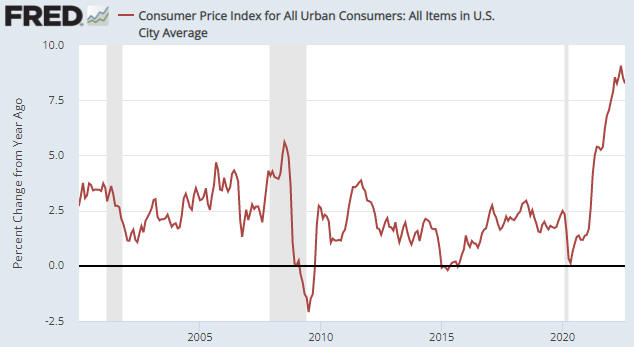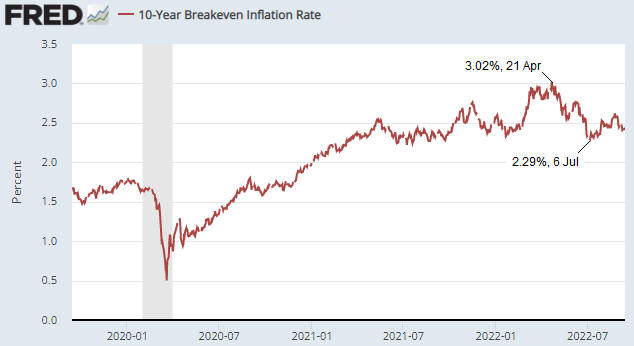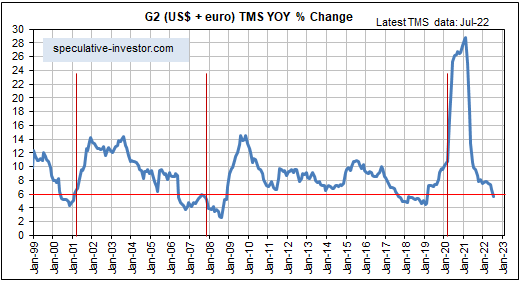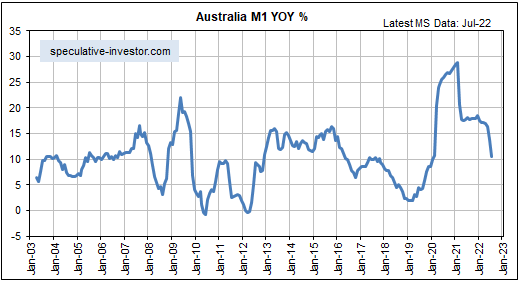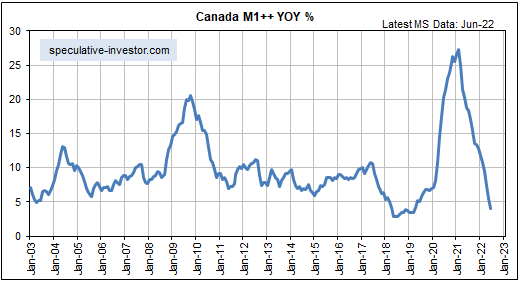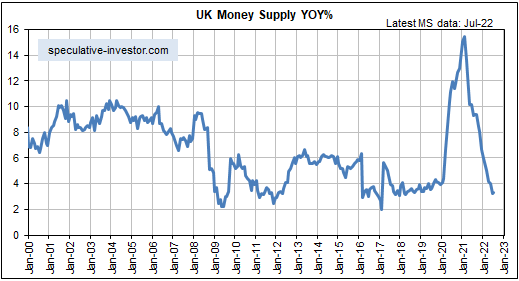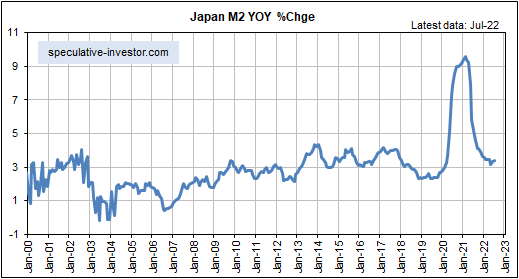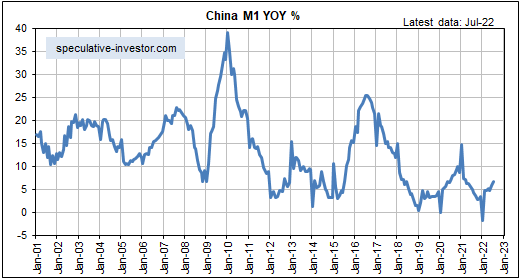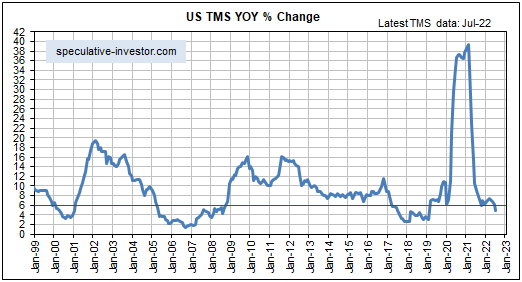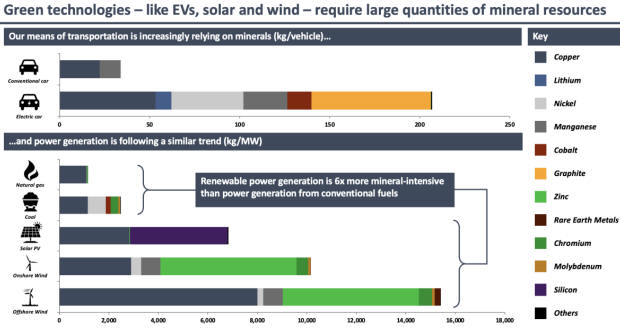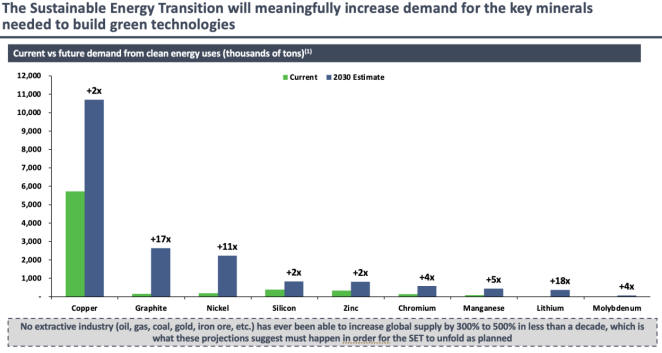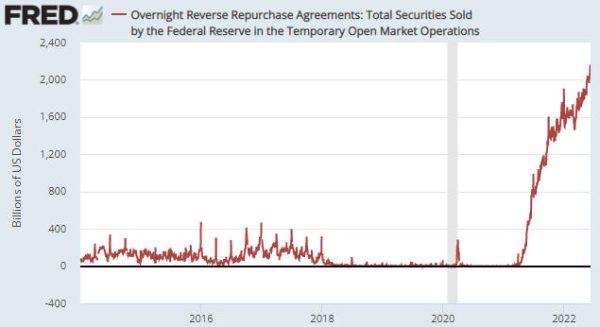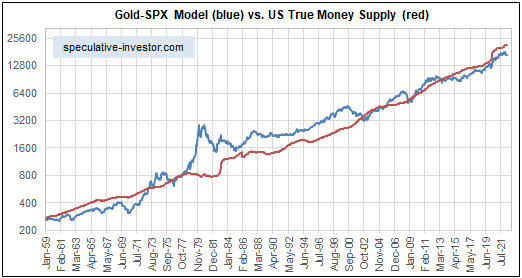[This blog post is an excerpt from a recent TSI commentary]
Last year US President Biden was telling oil companies that they should be producing less. Then, during the first few months of this year he berated oil companies for not rapidly increasing their production in response to higher prices. Who knows what he will be telling oil companies to do next year or even next week? In this political environment, why would high-profile, publicly-listed oil companies make large investments in long-term oil production growth?
The answer is that they wouldn’t. Even if the next US president understands the need to increase fossil fuel production for at least another 10-15 years and is prepared to stand up to the crowd of misguided environmentalists who seem to believe that renewable energy systems can be created out of nothing, the person that gets the job four years later could have no such understanding and/or no backbone. Therefore, even if the political landscape were to become temporarily supportive, it would be too risky to invest in anything other than small projects with rapid paybacks.
Consequently, we probably have reached “Peak Oil”. This is not the Peak Oil that became a popular story during 2004-2008, because there is no doubt that oil production could be increased with the appropriate investment. It is Peak Oil caused by Regime Uncertainty. As defined HERE, Regime Uncertainty is a pervasive lack of confidence among investors in their ability to foresee the extent to which future government actions will alter their private-property rights.
Due to Regime Uncertainty, we expect that two things will happen over the next few years. The first is that the oil price will make a sustained move above this year’s high (US$130/barrel), because demand will grow (following the 2022-2023 recession) and the oil industry will not respond with large-scale investments in new production. The second is that there will be substantial growth in the amount of wealth returned by oil producers to their shareholders via dividends and share buybacks.
As is the case with NG [natural gas] stocks, short-term weakness in the commodity market combined with downward pressure exerted by the general equity bear market could create excellent opportunities to increase exposure to the oil sector within the next few months.
 Print This Post
Print This Post

